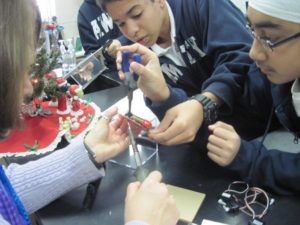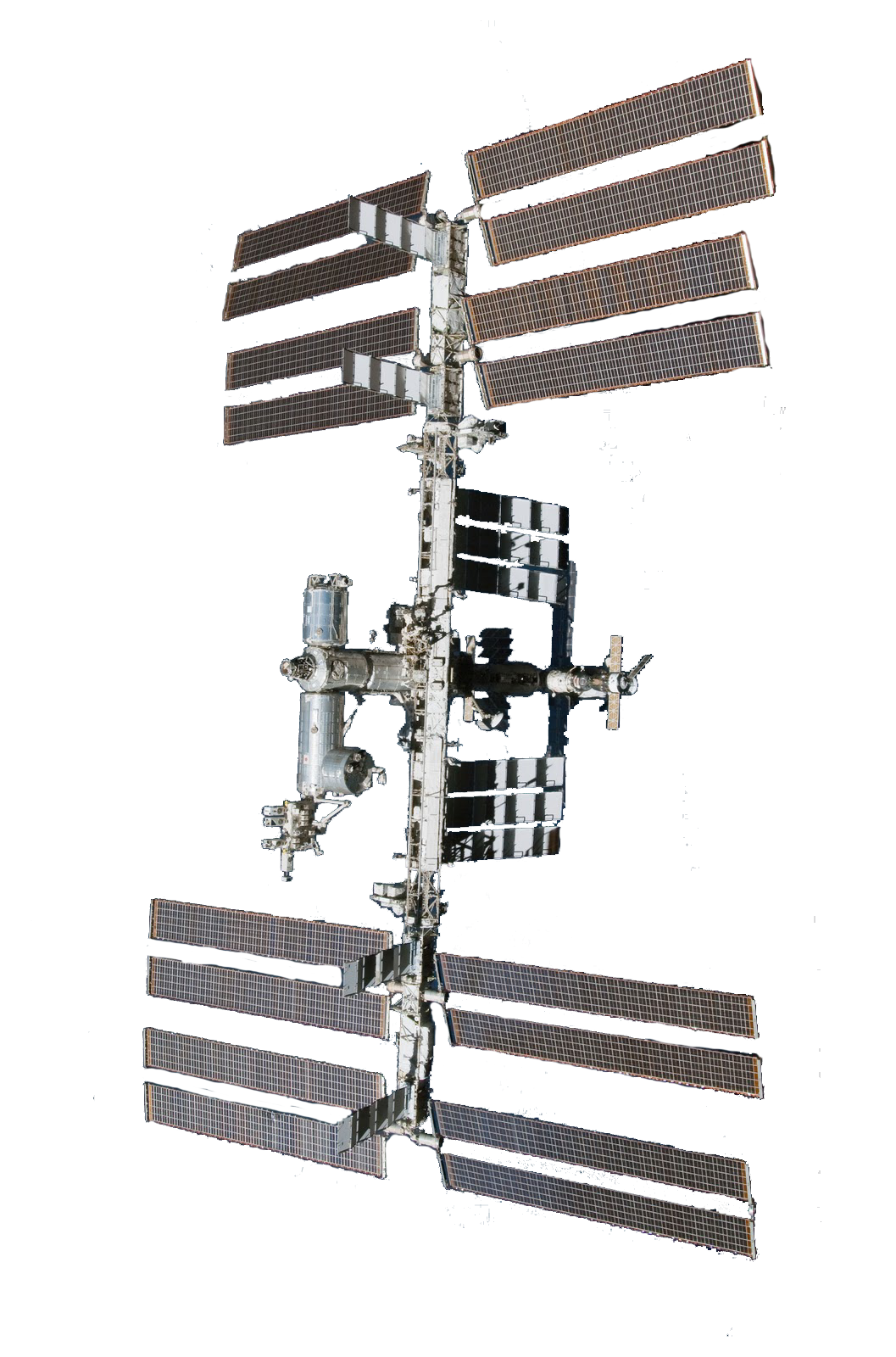The beauty of space research is that it can be integrated into any part of a science curriculum. From biology to physics to computer science, you can research the impacts of a space and microgravity environment on projects in any scientific field. Space research doesn’t have to be restricted to a solitary space unit in the classroom. It can be integrated into a science curriculum all year long!
Did you know biological processes can be dramatically different in space compared to on Earth? Help us better understand areas such as cell and tissue growth or microorganism development in microgravity!
Space data is one of the most valuable resources when it comes to better understanding Earth. Study anything from glaciers to coral reefs to monitoring humanitarian crises.
How will humans survive on Mars? Your space research can contribute to NASA’s biggest mission yet: bringing humans to Mars.
Uncover hidden aspects of physics and study how to create better materials for use on Earth and in space. Revolutionize the products that you use everyday!
We need next-gen technology for next-gen exploration. Test electronics, robotics, and futuristic materials to prepare humans for deep space travels.
The ability of plants to provide a source of food and recycle carbon dioxide into breathable oxygen may prove critical for astronauts who will live in space for months at a time. In addition, plants provide a sense of well-being.
NASA and the European Space Agency, or ESA, are studying how plants adapt to micro- and low-gravity environments in a series of experiments designed to determine the ability of vegetation to provide a complete, sustainable, dependable and economical means for human life support in space. As researchers continue to gain new knowledge of how plants grow and develop at a molecular level, this insight also may lead to significant advances in agriculture production on Earth.
[Source: NASA]
How do you overcome the behavior of water in microgravity and how it creates root rot in a plant system? Water collects or clumps together in microgravity and the centrifuge concept Hydrofuge spins the plant to dissipate the collection of water around the roots that oversaturates.
Duchesne students studied how different wavelengths of light, representing different colors, affect photosynthesis in a species of algae in the space environment. If a preferred color is identified, people will be able to grow algae faster in space, which is useful considering algae can be very useful in producing fuel.
Partnered with Edge of Space, Sphero wants to know if your favorite BB8 robot works in space. Sphero’s education team has sought to find out how their robotics systems work in microgravity to better understand future technology in space (while also getting students excited!)
Space technology advances the future of exploration, science and our understanding of the universe. Our students are helping NASA and professionals seeks to improve our ability to access and travel through space; land in more locations throughout the solar system; live and work in deep space, and answer profound questions in earth and space sciences.
Thirteen students enrolled in a Space Engineering class at Fremont Christian studied the effects of microgravity on a remotely controlled micro-robot named PI (Programmable Intelligence).

All 400 students in pre-K to 8th grade participated in the design, building, and testing of STMSat-1. The satellite photographs Earth and transmits images back to Earth where St. Thomas More students share the images with more than 10,0000 grade school students around the world.
Nanorocks flew to the ISS on Space-X 4 in early 2014. The experiment chamber consists of 8 sample cells containing different populations of micro-scale particles. The samples are periodically agitated to induce low-velocity collisions. This experiment studies the collisions at the formation of the solar system that eventually created the planets and other celestial objects, like planetary rings.
Our Earth and space environment are constantly changing. Space provides a unique vantage point to collect Earth hand space science data. Contribute to our understanding of the world we live in and the space environment around us. Students can study anything from glaciers and coral reefs to monitoring humanitarian crises or studying solar activity.
Get that research ready and loaded onto your favorite rocket. Whether flying on a SpaceX Falcon 9 or Northrop Grumman’s Antares, the experience will be breathtaking. We work with our partners at Nanoracks to safely get your experiment onto the rocket, so all you have to do is sit back, relax, and watch your dreams fly. DreamUp offers a VIP experience like no other.
For the team members to hear it and actually be there with each other to see our reactions, it was honestly the best thing. Everybody was so happy, and it was so beautiful.
The countdown to liftoff begins with the flash of fire and smoke as the rocket engines ignite. Initially, ascent seems slower than it should as the rocket fuel does its job of propelling giant machinery toward space. Seconds later, the rocket soars overhead as the delayed rumble of the engines becomes a roar that vibrates through the landscape and the viewers close enough to feel the effects.
Wallops Flight Facility has hosted more than 16,000 rocket launches, and most recently, began hosting Northrop Grumman’s Antares rockets that are destined for the International Space Station. Wallops has been operational since 1945 on the Eastern Shore, a quiet place of natural beauty. Rich history graces the area with historic homes, churches, museums, and landmarks inviting visitors to explore the past while they watch the future liftoff into space.
Mixstix are the simplest way to get your idea to space. These mixture enclosure tubes allow students to test out biologicals, physical materials, chemicals, and more inside one, two, or three chambers. During these tubes’ duration on the Space Station, astronauts can clamp, unclamp, and shake them to conduct students’ science.
Nanolabs are our most powerful platform. Imagine a box — and then think outside of the box. Any experiment you can dream of, within NASA safety precautions, of course, can be done inside this box. The box is ready with power and data, and you dream up the rest! Students have studied everything from materials, plant growth to biological processes, bacteria, and more.
An Überflieger Nanolab ready for the lab
We appreciate proper lab safety, but your Nanolab experiment should be contained entirely inside of the enclosure.
These small satellites are about the size of a loaf of bread (or smaller!) and deploy from the International Space Station. But they come with big power. From a CubeSat you can observe climate, ship tracking, on the ground developments, and more. CubeSats are the most complicated of our offerings — they require a satellite bus, radios and government licenses. Learn more about what it takes to develop and launch a CubeSat in NASA’s CubeSat 101 Guide. Are you ready to take on the challenge? We’ll work with you every step of the way to make it happen.
Think outside the box. What discovery can you make in space? Now, think about how you will fit that idea inside an experiment box. Challenge accepted? Then let’s get started!
Researching in space is exciting, challenging, unique, and magical. With a touch of engineering, physics, mathematics, and creativity, you can be the one making the next great discovery in space. Our researchers range from as young as elementary school, and all the way up to college and beyond. Grab your favorite science teacher, and see how you can research on the International Space Station!
